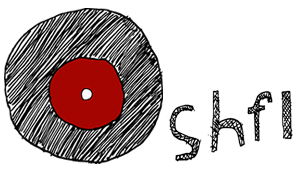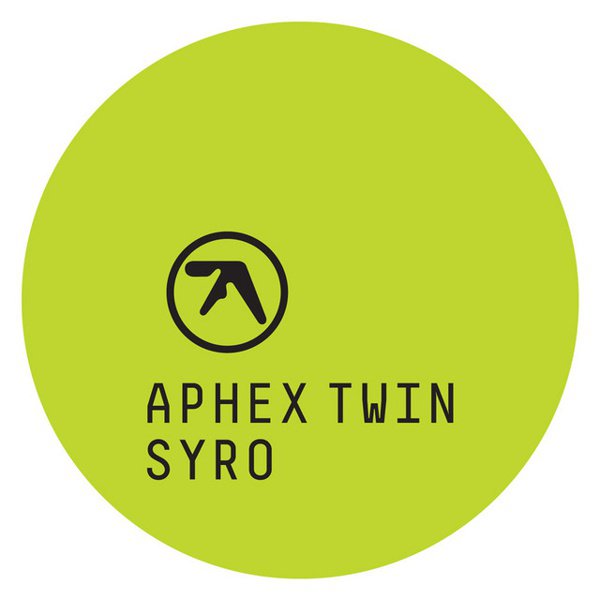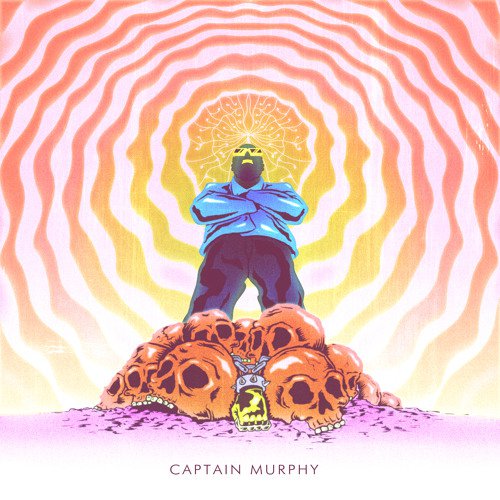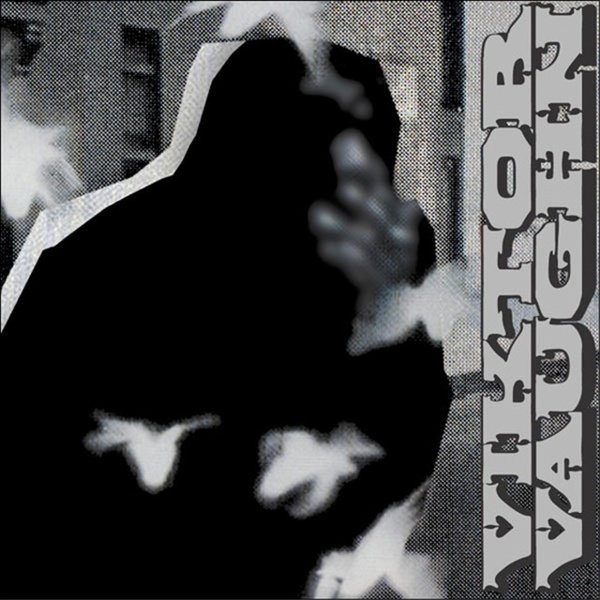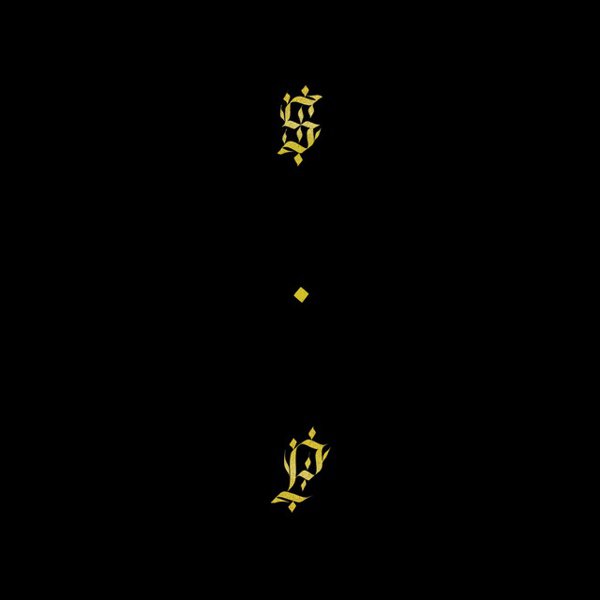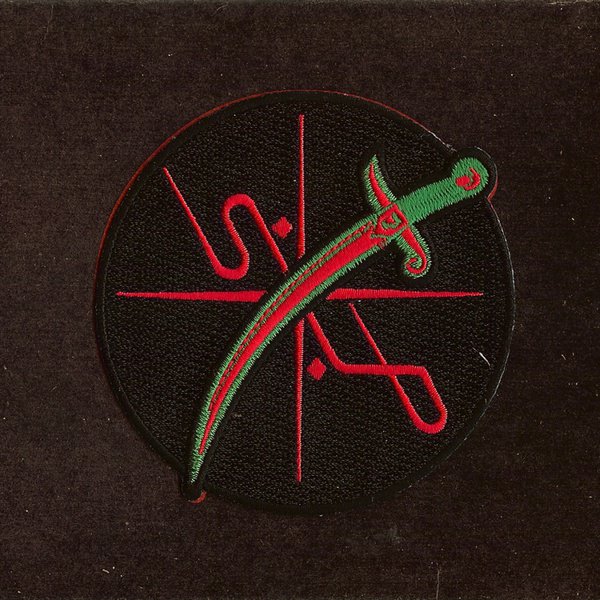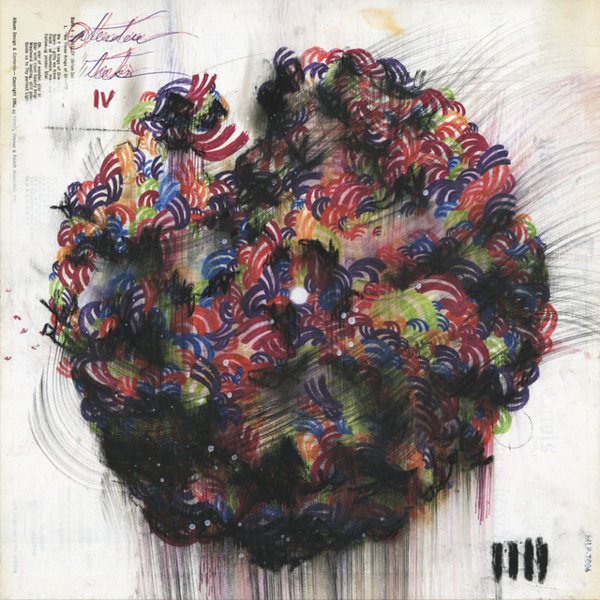
Recommended by
Ardour
The most prominent Low End Theory alumni tended to make music that was bass-heavy, rhythmically dense, and overall weighty enough to turn soundsystems into tactile experiences. Mtendere Mandowa, b/k/a Teebs, took a different approach for his first album: keep the groove at the center, but keep it restless, give it some open air, and let the negative space speak just as loudly as other songs’ full-bore walls of sound did. And while expressions of uncynical, astral-traveller beauty weren’t uncommon in the scene, Ardour basked in that feeling in the process of shaping up to be one of the L.A. beat scene’s peak works of serene tranquility. Melodic elements tend to be heavy on delicate-yet-resilient tones — chimes, harps, pianos, even acoustic guitar on “Bern Rhythm” — and gliding drones that both complement and obscure their edges. The state of calm that atmosphere provides means it takes a little deep focus to find the complexity in the beats, though once that sense of loop-warping fidgety groove sets in it’s hard not to hear — the deliberate seam-ripping disjointedness of “Felt Tip” and the elliptical kick-snare patterns on “Moments” are just the most noticeable. In some ways, Ardour feels like an album that was grown instead of composed: sounds that were planted, cultivated, then left to bloom into a natural state that would eventually feel like its own little thriving musical ecosystem.
